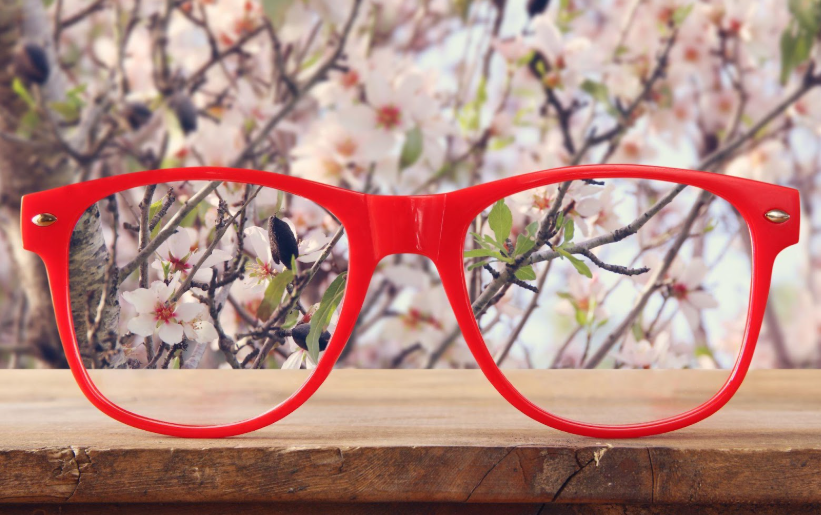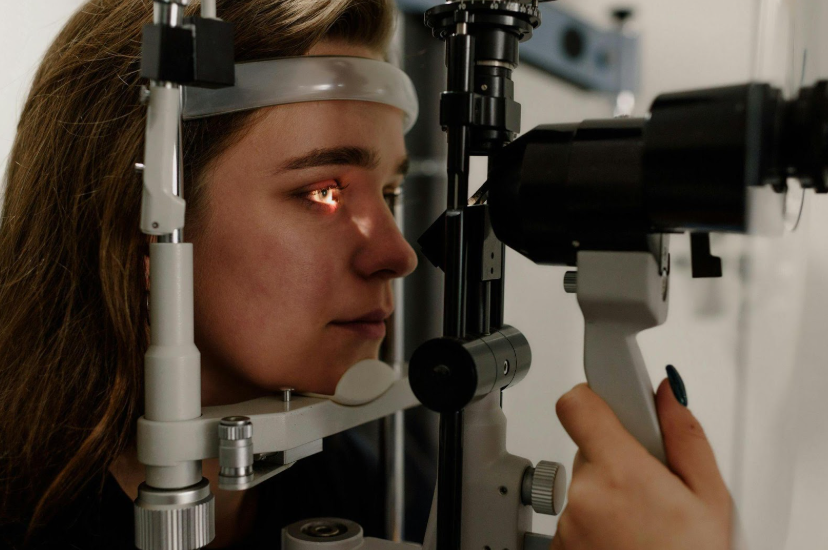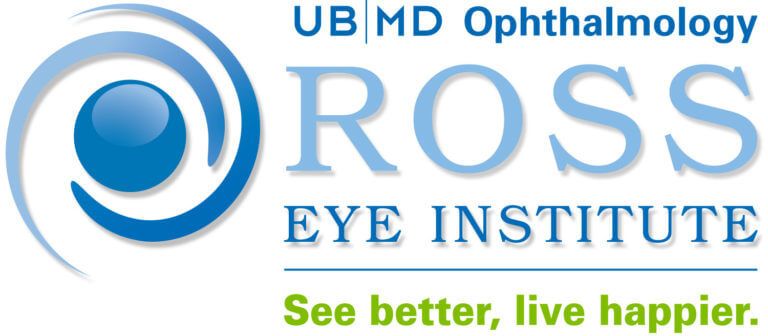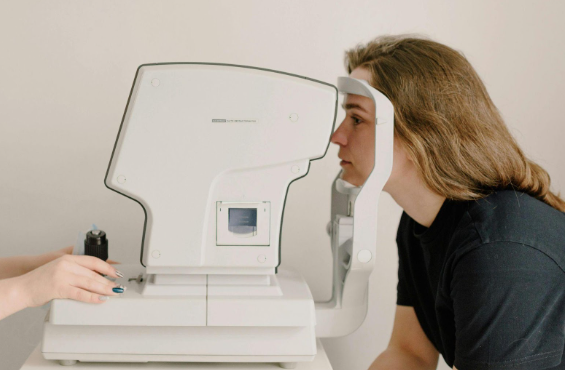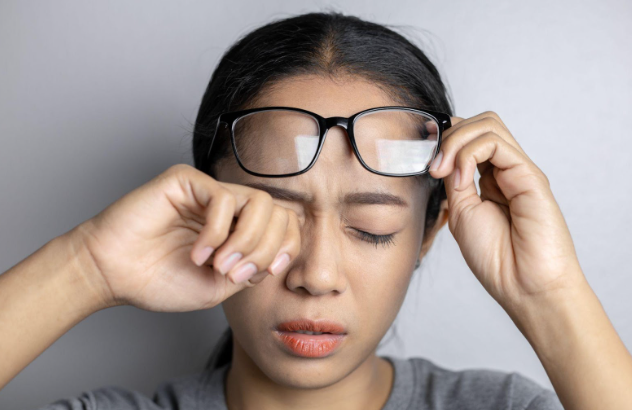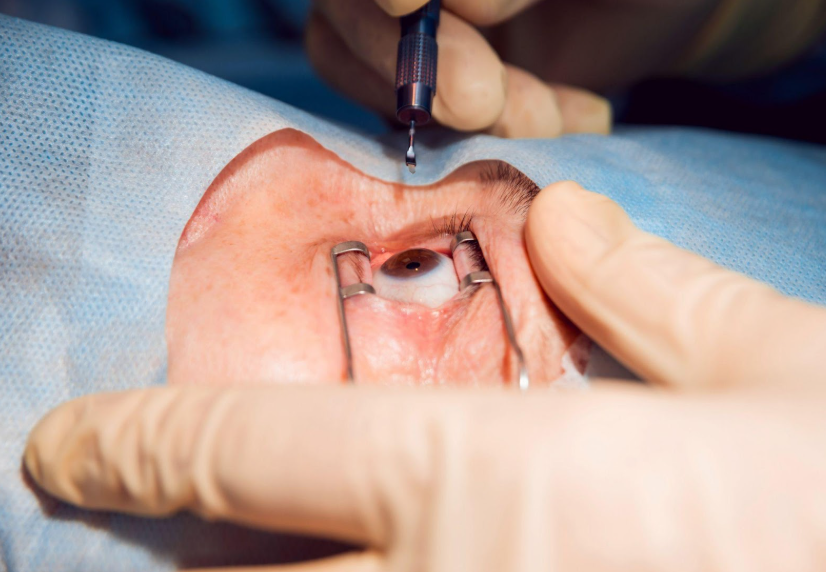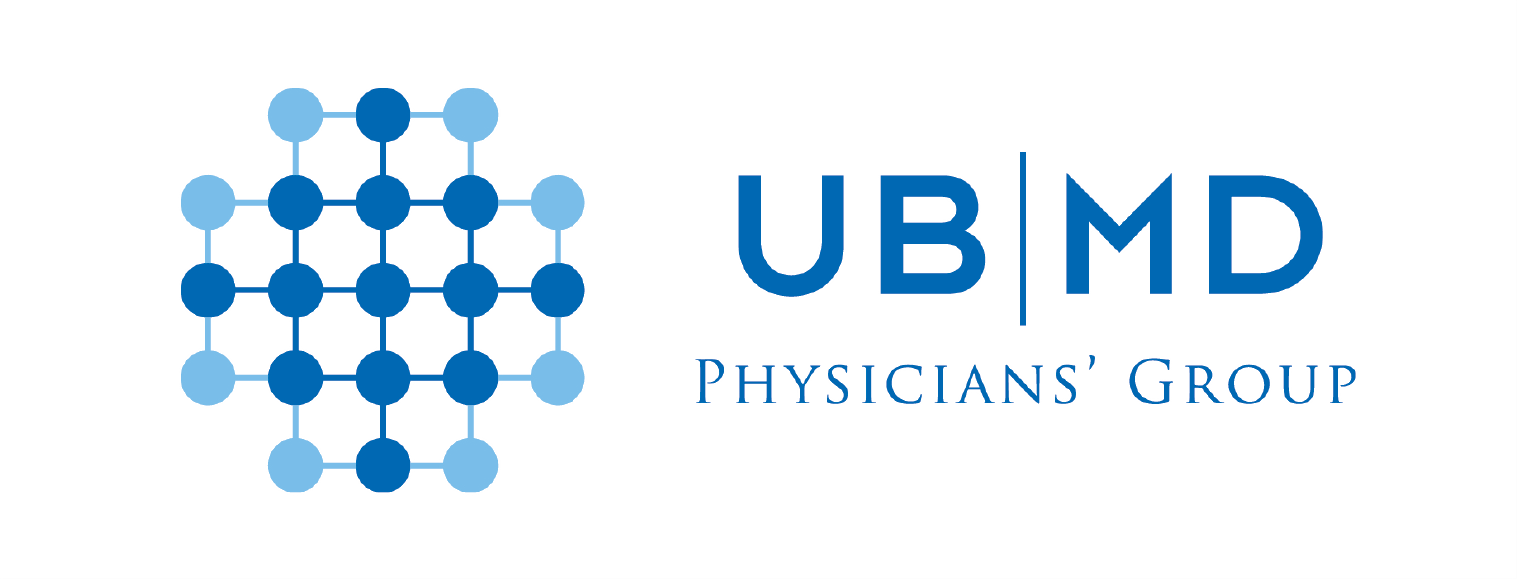The Light Adjustable Lens Revolution in Cataract Surgery
The Light Adjustable Lens Revolution in Cataract Surgery

Cataract surgery has long been a vital procedure for restoring vision, but traditional lenses come with limitations. Patients often face a balancing act, choosing a lens power before surgery and hoping it meets their vision needs post-operatively. However, a new advancement in ophthalmology offers a more precise solution: the Light Adjustable Lens (LAL).
What Is the Light Adjustable Lens?
The Light Adjustable Lens (LAL) is a groundbreaking intraocular lens (IOL) used in cataract surgery. Unlike traditional IOLs, which have a fixed focus, the LAL allows for post-surgery adjustments to optimize vision. This means that after the lens is implanted, your vision can be fine-tuned through non-invasive light treatments to achieve the clearest possible outcome. Also, the light adjustable lens is unique because it has an extended depth of focus, which means the lens gives patients the capability to see well at near, intermediate, and far distances, much like a multifocal lens.
The LAL is made from a special photosensitive material that responds to ultraviolet (UV) light. After cataract surgery, your ophthalmologist can adjust the lens by directing controlled UV light to specific areas, altering its shape and curvature. This unique feature enables customization of your vision, potentially reducing or eliminating the need for glasses or
contact lenses after surgery.
What to Expect During the Procedure
The LAL procedure closely resembles standard cataract surgery but with a few key differences that enhance your postoperative experience.
Pre-Surgery Consultation
As with any cataract surgery, you'll undergo a comprehensive eye examination to determine your eye health and suitability for the LAL. This is a critical step, as not everyone is a candidate for this type of lens. Your eye doctor will discuss your lifestyle, visual goals, and any existing conditions that might influence the procedure's outcome.
Surgery Day
The surgery itself is performed on an outpatient basis and typically takes 15 to 20 minutes per eye. Under local anesthesia, the clouded lens of your eye is removed and replaced with the LAL. You'll need someone to drive you home afterward, as your vision will be blurry immediately following the procedure.
Post-Surgery Adjustments
This is where the LAL truly shines. After your eyes have healed (typically within two to three weeks), you'll return to the office for a series of light treatments. During these sessions, your ophthalmologist uses a specialized light delivery device to adjust the lens. This process is painless and only takes a few minutes per treatment. The number of sessions varies, but a majority of patients achieve optimal vision and satisfaction after 1-2 adjustments.
Lock-In
Once you and your doctor are satisfied with your vision, the lens is "locked in" with a final UV treatment to solidify the adjustments. After this step, your vision will no longer change, and you can proceed with your new, improved eyesight.
Benefits of the Light Adjustable Lens
The Light Adjustable Lens offers several advantages over traditional IOLs, making it a compelling choice for patients seeking the best possible visual outcome:
Personalized Vision Correction
Adjusting the lens post-surgery allows for precision unattainable with fixed lenses. Whether you need better distance vision, enhanced reading clarity, or a balance of both, the LAL can be tailored to meet your specific needs.
Reduced Dependence on Glasses
Many patients find that after their LAL adjustments, they no longer rely on glasses for most daily activities. This is particularly beneficial for those who lead active lifestyles or want to avoid the inconvenience of switching between multiple pairs of glasses.
Non-Invasive Adjustments
The adjustments made to the LAL are entirely non-invasive. There’s no need for additional surgery or complex procedures. Using UV light to fine-tune your vision is quick, easy, and comfortable.
Enhanced Satisfaction
Traditional IOL patients often experience some level of dissatisfaction if their postoperative vision doesn’t meet expectations. With the LAL, you can actively participate in perfecting your vision, leading to higher levels of satisfaction.
Factors to Consider
While the LAL offers remarkable benefits, it's not suitable for everyone. Here are some key factors that help determine your candidacy:
- Overall Eye Health: Patients with certain eye conditions, such as severe macular degeneration or advanced glaucoma, may not be ideal candidates for the LAL. A thorough examination will help your doctor determine if this lens is right for you.
- Lifestyle Considerations: The LAL can be a great option if you lead an active lifestyle or have specific vision goals (such as needing perfect distance vision for driving). Discussing your daily activities and visual preferences with your doctor will help tailor the treatment to your needs.
- Willingness to Participate in Follow-Up Care: The LAL requires a commitment to follow-up appointments for light adjustments. Patients willing and able to attend these sessions are more likely to achieve the best outcomes.
- UV Light Sensitivity: Since the LAL adjustments are made using UV light, patients with extreme sensitivity to UV rays may not be suitable for this lens. Your doctor will evaluate this during the pre-surgery consultation.
Potential Risks and Considerations
It's important to discuss these with your ophthalmologist to make an informed decision.
- UV Light Exposure: Although the UV light used for adjustments is controlled and safe, there is still a risk of unintended exposure, which could potentially harm the eye.
- Adjustment Period: The period between surgery and final adjustment can be challenging for some patients. During this time, your vision may be slightly unstable, and you’ll need to protect your eyes from UV exposure.
- Cost: The LAL is typically more expensive than traditional IOLs, as it involves advanced technology and additional office visits. It's best to weigh the cost against the potential benefits, especially if you're looking for the most precise vision correction possible.
At
Ross Eye Institute, we’re dedicated to providing cutting-edge eye care solutions, including the Light Adjustable Lens. Our expert team is here to guide you through every step of your cataract surgery journey, ensuring you achieve the best possible vision.
Schedule your consultation with us to learn more.
